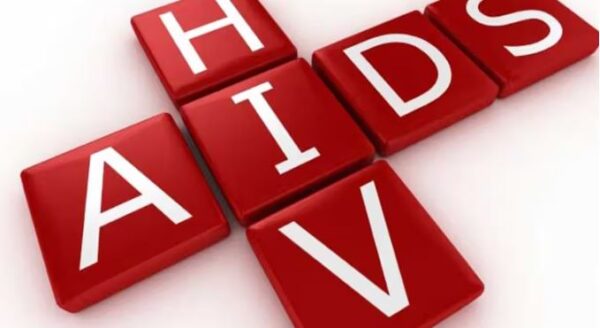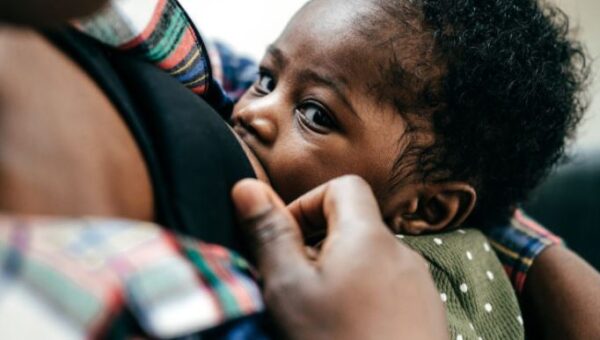Lifestyle
3 ways mothers pass HIV AIDS Virus to their babies
1. Transmission during pregnancy
In-utero transmission: During pregnancy, HIV can be transmitted from the mother to the baby through the placenta. This type of transmission, known as in-utero transmission, can occur at any stage of pregnancy.
The virus can cross the placental barrier and infect the foetus, leading to HIV infection. Factors such as high maternal viral load and other infections can increase the risk of in-utero transmission.
2. Transmission during childbirth
Perinatal transmission: The process of childbirth is a critical period for HIV transmission. During delivery, the baby can be exposed to the mother’s blood and vaginal secretions, which may contain the virus.
This exposure can occur through the mucous membranes of the baby, particularly if there are any cuts or abrasions. The risk of perinatal transmission is higher if the mother has a high viral load or if the delivery involves procedures that increase blood exposure, such as forceps delivery or episiotomy.
3. Transmission through breastfeeding
Postnatal transmission: Breastfeeding is another significant route of HIV transmission from mother to child. HIV can be present in breast milk, and prolonged breastfeeding increases the risk of the baby contracting the virus.
Exclusive breastfeeding for the first six months, followed by a rapid weaning process, can reduce the risk, but mixed feeding (combining breast milk with other foods or liquids) can significantly increase it.
The presence of mastitis or cracked nipples in the mother can also elevate the risk of transmission.
Preventative measures
1. Antiretroviral Therapy (ART)
The most effective way to reduce the risk of mother-to-child transmission of HIV is through the use of antiretroviral therapy (ART).
When taken correctly, ART can significantly lower the mother’s viral load, reducing the chances of the virus being passed to the baby. It is recommended that HIV-positive pregnant women start ART as early as possible.
2. Safe delivery practices
Ensuring safe delivery practices can also help minimise the risk of transmission during childbirth. Elective caesarean sections may be recommended for women with high viral loads to reduce the baby’s exposure to HIV during delivery.
3. Safe feeding practices
For HIV-positive mothers, feeding options should be discussed with healthcare providers. In settings where safe alternatives to breastfeeding are available, such as formula feeding, these may be recommended to eliminate the risk of postnatal transmission.
In areas where formula feeding is not a safe or viable option, exclusive breastfeeding with ART prophylaxis for the infant is recommended.
4. Regular monitoring and support
Regular medical check-ups and monitoring during pregnancy, childbirth, and the postpartum period are crucial. Healthcare providers can offer ongoing support, adjust treatment plans as necessary, and provide guidance on safe feeding practices.
Mother-to-child transmission of HIV/AIDS is a complex process with multiple transmission routes, including during pregnancy, childbirth, and breastfeeding.
However, with effective preventative measures such as antiretroviral therapy, safe delivery practices, and appropriate feeding options, the risk of transmission can be significantly reduced.
Continuous education, support, and medical care for HIV-positive mothers are essential in preventing the spread of HIV to their babies and ensuring the health and well-being of both mother and child.











